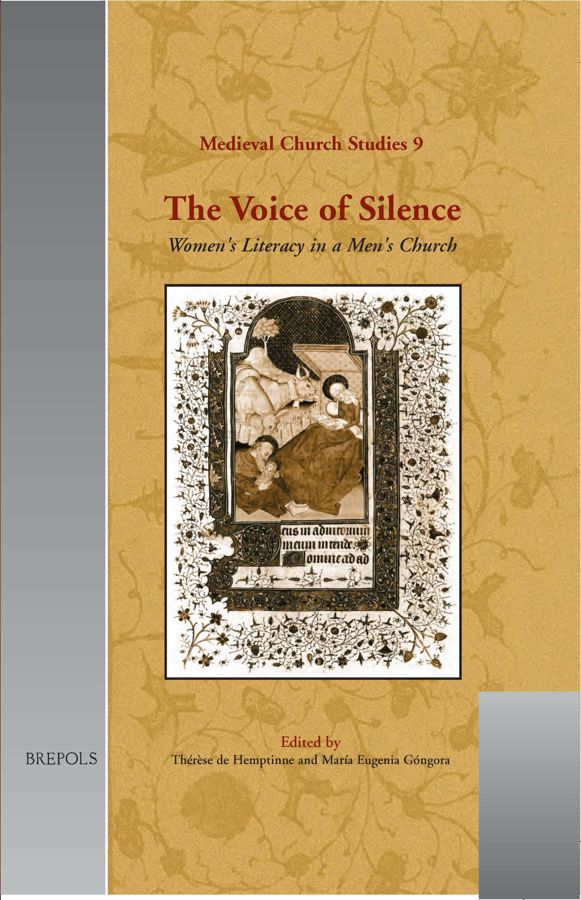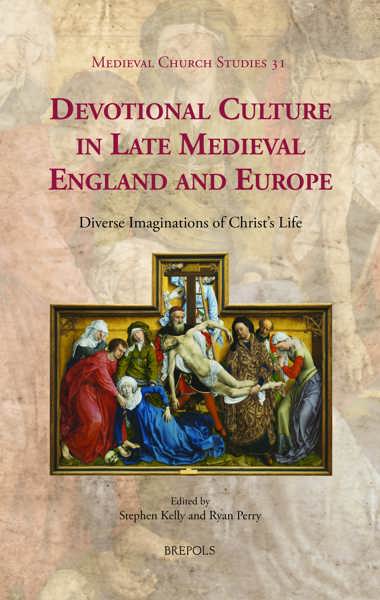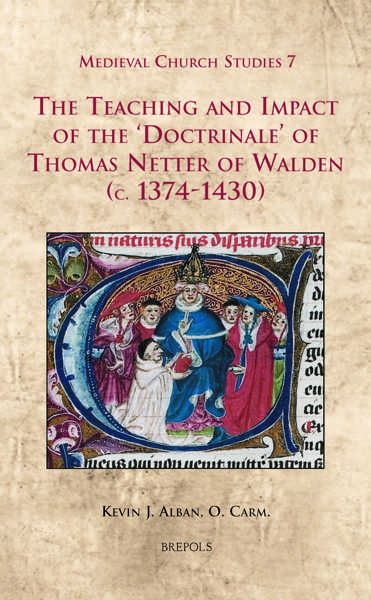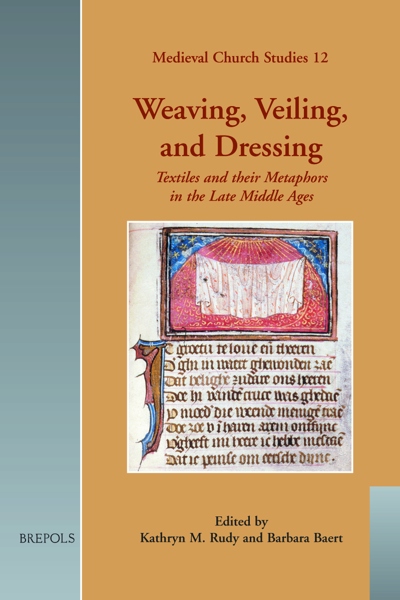
The Voice of Silence
Women's Literacy in a Men's Church
Thérèse de Hemptinne, María Eugenia Góngora (eds)
- Pages: 224 p.
- Size:160 x 240 mm
- Illustrations:5 b/w
- Language(s):English
- Publication Year:2004
- € 40,00 EXCL. VAT RETAIL PRICE
- ISBN: 978-2-503-51488-8
- Hardback
- Available
- € 40,00 EXCL. VAT RETAIL PRICE
- ISBN: 978-2-503-53813-6
- E-book
- Available
This volume collects together essays completed within the bilateral research project 'The voice of silence / La voz del silencio: An interdisciplinary research project about literate women and women authors in the West-European late Middle Ages (11th to 15th centuries) from a gender perspective'.
"The strenght of this volume is what Marysa Demoor, in a brief afterword, calls its "enriching interdisciplinarity" and its variety of approaches. (...) English-speaking readers, in particular, can be grateful for the valuable new scholarly discussion that this collaboration so generously makes available." (C. Waters in The Medieval Review, 2005)
"L’ensemble du recueil témoigne de la réelle cohérence du projet initial. Les choix éditoriaux sont clairs, mêlant articles de synthèse et analyses très spécialisées, tout comme est marquée la visée interdisciplinaire." (Damien Boquet dans Revue Mabillon, 17, 2006, p. 361-364)
This book aims to collect and present the results of research done within the context of the project 'The voice of silence / La voz del silencio: An interdisciplinary research project about literate women and women authors in the West-European late Middle Ages (11th to 15th centuries) from a gender perspective'. The project was a bilateral research project, with participants of the University of Santiago de Chile on the one hand and Universiteit Gent on the other. Medieval scholars, literary historians, cultural historians and literary theorists joined forces. The angle from which the material was being studied, however, was always the same: gender being the central issue. The project focused on women as participants in late medieval society and culture. Indeed, all the researchers involved acquired their expertise in the field of 'medieval society and culture' and/or the field of women's literacy.
Several members of this Flemish-Chilean project have contributed an essay to the proposed book, but supplemented by guest contributions. The guests are internationally renowned scholars reflecting an expertise in gender studies or in an aspect not covered by the team members of the project. Thus, the book contains essays by Anglo-American medieval scholars and researchers specialised in Dutch medieval mysticism. Their contributions complete the research results of the project, especially within the art of criticism.
The story told in this book is focused on literate women and gender. In the course of the twelfth and thirteenth centuries, the voices of women authors, many of them religious and mystics, resounded again in a literate society dominated by clerics. Two of the most famous representatives of this 'female voice' are highlighted in Part I. These women were the forerunners of a new reading culture among (semi-)religious and even lay women in which the use of the vernacular was a decisive factor (Part II). Yet, from the thirteenth century onwards, and with increasing intensity towards the end of the Middle Ages, men once more tried to get a grip on (religious) women's reading and writing. Aspects of these attemps are illustrated in part III.




